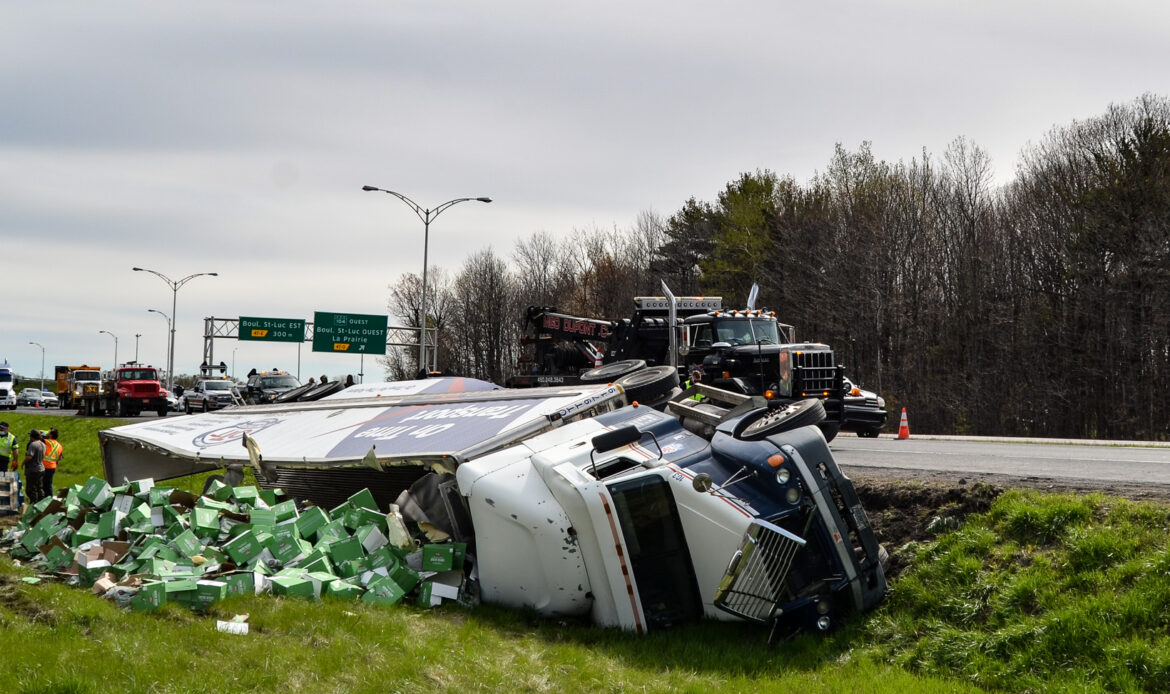Considerations for Proving Fault in a Multi-Vehicle Truck Accident
As Colorado’s state capital, Denver serves as a main hub for transportation of goods through the I-70, I-76, and I-25 interstate systems. It also has the largest population in the state, meaning that there are thousands of drivers on the roads at any given time. This also means that there are hundreds of wrecks every year, and many of these involve commercial trucks.
When an accident like this occurs, it’s common for multiple parties to be involved, and it can be difficult to determine who was at fault and, therefore, liable for your injuries. A personal injury attorney can evaluate your case and use the following factors to help you identify the liable person or parties.
The Type of Accident
The type of accident and where the impact happened can help you determine who may be at fault. For example, in rear-end collisions or those involving left-hand turns at a traffic light, it is fairly easy to determine fault. Rear-end collisions are generally — although not always — the fault of the driver behind. Drivers are responsible for ensuring that they are leaving an assured clear distance between their vehicle and the vehicle in front of them so that they have time to brake or otherwise avoid an accident if something happens. Similarly, drivers making a left-hand turn across traffic at a light are responsible for yielding to oncoming traffic and ensuring that they have enough time and room to successfully complete the turn.
The Findings From the Accident Investigation
When an accident happens, multiple people are involved in the investigation. The responding police officers will begin the investigation, documenting their observations of the scene, talking to those involved, and deciding if any of the drivers should be cited. But this isn’t the end — especially when injuries are involved.
Because they are responsible for making the payments, insurance companies do their own investigation into the accident, which can include having a full accident reconstruction done. This can involve computer software that uses evidence from a truck accident to reverse-engineer what happened.
Your legal team may also conduct their own investigation to determine who is at fault and who should be named in the lawsuit. In situations where multiple vehicles are involved, it’s very possible that there will also be multiple defendants.
The Presence of Legal Violations
While a driver being cited by an officer doesn’t automatically mean that they are liable, it can be important evidence your legal team can use to help determine fault. For example, if a driver was cited for drunk driving, driving while ability impaired, speeding, or failure to yield, these all indicate that the driver violated traffic laws and is, therefore, at least partially responsible for the accident.
With truck accidents, it’s also possible to find out if the driver was cited for violations of the rules of the National Highway Traffic Safety Administration, such as driving for longer hours than allowed or failing to take the required breaks. A tired driver is just as dangerous as a drunk driver, especially when they are operating a large commercial truck.
How Does Colorado’s Modified Comparative Negligence Statute Apply to Multi-Vehicle Truck Accidents?
Each state has specific rules about whether someone who is partially at fault for an accident is able to file a lawsuit against the other party for damages. Colorado follows the modified comparative negligence rule. Simply put, this means that you have to be less than 50 percent at fault for the accident to be able to pursue compensation from the other party through a civil lawsuit.
However, this can get complicated in multi-vehicle accidents. In a traditional accident, if you were 49 percent at fault and the other driver was 51 percent at fault, you would technically be able to sue them. However, fault in a multi-vehicle accident can be distributed across multiple parties. If you were 20 percent at fault, driver A was 70 percent at fault and driver B was 10 percent at fault, you would only be able to pursue damages from driver A. It’s also technically possible that driver B could pursue damages against both you and driver A.
With truck accidents, it’s also sometimes possible for parties other than the drivers to be at fault. Other potential defendants include the trucking company itself or a third party, such as a mechanic. An attorney who is experienced in handling truck accidents and multiple-vehicle accidents can help you understand who is at fault and how to determine who should be named as a defendant in your lawsuit.
What Is Required to Win a Trucking Accident Lawsuit?
To win a trucking accident lawsuit, you must establish in court through evidence that the defendant had a duty of care to you and that they did not uphold that duty. This is where you show that the other driver was negligent in some manner. You must also prove that the negligence caused the accident and your injuries. Each element of a personal injury case must be proven to be more likely than not likely, which is called by a preponderance of the evidence and is the burden of proof for civil cases in Colorado.
When you’ve been injured in a truck accident, your time and energy should be able to be spent on healing and recovery. Call 719-416-4246 to find out how Born & McCaffrey, PC, can take care of the legal aspect for you and help you get the compensation you’re entitled to.

